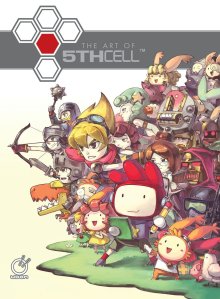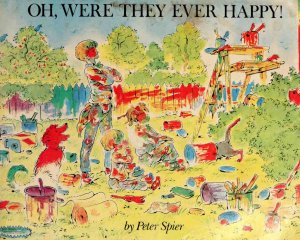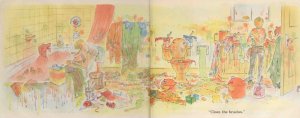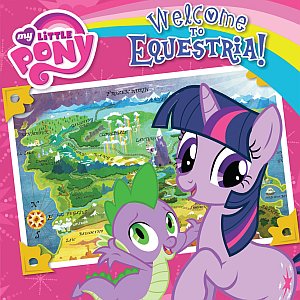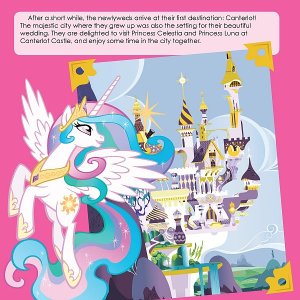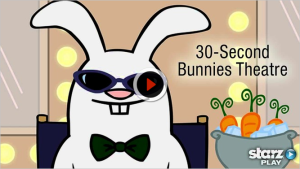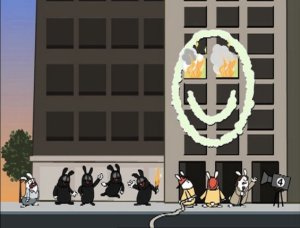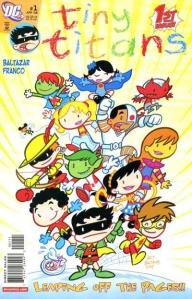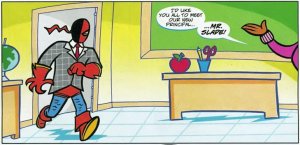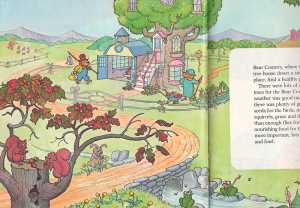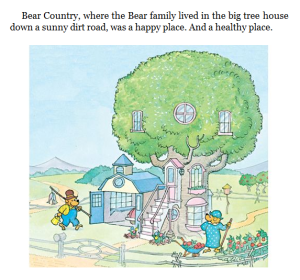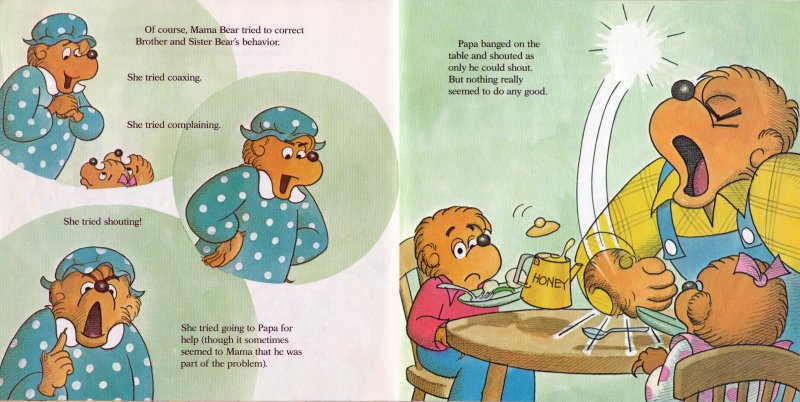I thought that, rather than writing a separate post for each issue of Detective Comics, it might be more instructive to collect my opinions on several issues. So, let’s look at the next eight issues, numbers 3-10, published between May and December 1937.
Speed Saunders
These stories declined in quality somewhat. The stories varied from boring to unbelievable, though some were merely mediocre. Two stories stand out.
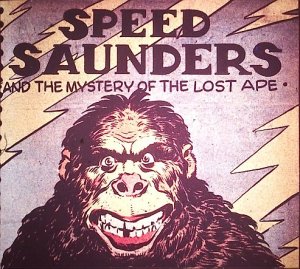
In Issue #6, we have a story about a human brain being put in an ape’s body. Mysteriously, the body appears to retain the ape’s memories and personality, the human brain contributing only increased intelligence. The ape becomes violent, and ultimately throws itself and its creator off a pier, drowning them both. This story wasn’t actually very good, but it was something of a departure from the norm. A mad scientist putting a human brain in an ape’s body? That’s the kind of absurdity I can appreciate.
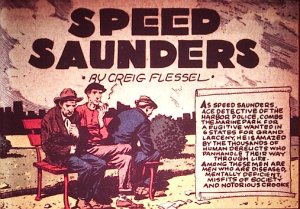
In Issue #9, Speed thinks an old hobo looks suspicious, so he follows him around, very ineptly. Ultimately, it turns out that the man was an undercover cop, and Speed is rescued from his own incompetence by the crowd of police the undercover man brought in. But, of course, Speed is the hero, so nobody mentions that he was impeding an investigation and endangering the undercover cop.
Cosmo, the Phantom of Disguise
Another comic that isn’t really worth the time. I did somewhat enjoy the device in Issue #5–the criminals were smuggling drugs by putting them in torpedoes and shooting them towards shore, where their confederates would retrieve them, thus neatly bypassing inspections at the harbor. Still, the stories tend to be very predictable, and so not very interesting. In several, Cosmo doesn’t even use a disguise, which is rather his whole gimmick, making Cosmo into just another generic detective story.
The Claws of the Red Dragon
This storyline finishes in Issue #8, and the hero, Bruce Nelson, begins other adventures with Issue #9. First things first, though: “The Claws of the Red Dragon” isn’t very good. It, by virtue of being eight issues long, avoids the pitfall that most comics in Detective Comics fall into, which is that they don’t have the time to adequately develop their stories, but it has other problems. First, it is fairly dull, most of the time. Second, and perhaps more importantly, it is incoherent.
I am guessing that “The Claws of the Red Dragon” wasn’t originally intended to launch the career of Bruce Nelson as a sleuth. In the beginning, Nelson just seems to be a regular guy. The other two guests in the restaurant, Sigrid and her father, are clearly introduced as strangers in the first issue, and Nelson remarks that it’s a very strange coincidence that the stranger has a ring identical to his own. By the end, Nelson and von Holtzendorff have known each other for some time, and it was in fact von Holtzendorff who gave Nelson the ring. Also, by the end of the story, Nelson is known to the Chinese villains, having apparently foiled some plot of theirs in the past. All this adds up to a poorly planned story, which was modified after it began, in order to provide a hook for a sequel.
After “The Claws of the Red Dragon” finishes, Nelson stars in a two-issue story, in Issues #9 and #10, called “The Blood of the Lotus”. This story, too, features Chinese villains, and Nelson himself now has a Chinese servant. It’s a little better, perhaps, than “The Claws of the Red Dragon”, but it’s still not very interesting.
Spy!
At the end of the first story, Sally is hired as a spy, too, and becomes a co-star of the comic. The stories are decent, if unspectacular. I do appreciate that, although the stories are episodic, there is some continuity. We see it more, starting with Issue #11, where they spend several issues in Paris as a result of the events of Issue #10.
Sally gets her share of heroic moments, I suppose. She’s still treated as somewhat inferior to Bart, and she doesn’t always have a complete plan, but she does show some competence as a spy, from time to time.
Buck Marshall
Maybe I just don’t like Westerns, but these stories are incredibly boring. Enough so that I stopped reading them, after Issue #9. The main problem is that they are entirely predictable. The basic format of each story is, essentially, this: Buck is on his way to see his friend the sheriff, when something crime-related happens–usually some shots are fired, or he comes across another man on horseback. Then, when he reaches the sheriff, it turns out that he’s just in time–the sheriff is heading out to investigate a crime that has just been reported. Buck scouts around a bit, and the real criminal almost always turns out to be the one who reported the crime–they’re always trying to pin crimes they committed on their rivals.
The stories are not merely repetitive and predictable, but also pretty dull, so my reading experience should be improved substantially by skipping these.
Slam Bradley
If I’m giving out an award for most improved, it goes to Slam Bradley. The stories aren’t that different, and they really still aren’t that good, but I’ve begun enjoying them much more than I did the first couple. Slam is still an absurd, hyper-masculine fool, but the comics began to make fun of that, a bit, and they are over the top in an amusing, rather than infuriating, way.
Of note is that the third issue’s Slam Bradley story is drawn by Jim Bettersworth, and the art is much worse. Fortunately, Shuster returns in the next issue.
Point of interest: we learn, in Issue #8, that Slam and Shorty live in Cleveland. Together. Sharing one bed. And wearing matching pajamas, too. You’d think that would put a cramp in Slam’s style, but I guess it works for him. Shorty gets a great line, there: upon being awakened by Slam, and told that a criminal has escaped, he replies “I don’t care if the planet has escaped from its orbit–all I want to do is sleep!”.
Others
Mr. Chang returns for a few issues, and his stories aren’t especially bad, but they aren’t especially good, either.
A new comic, Larry Steele, begins in Issue #5. The first story is a five-issue story involving a mad scientist, and it’s boring. Not a great addition to the magazine.
There are lots of short comics by Alger, which are of fairly consistent, if not great, quality. They’re generally predictable, though occasionally clever.
Conclusion
The first year of Detective Comics is unimpressive, with a few decent comics, and quite a few very bad ones. My favorite for the year has to be Slam Bradley, which is fun, even if it’s not deep. Both Spy! and Slam Bradley showed improvement, over the course of the year. Most of these early comics are just not going to be satisfying to a modern reader, though some are not without merit. Unless you’re reading them out of interest in the history of comics, though, I’m afraid I’d have to recommend against reading these–they just aren’t worth the time, given the multitude of better, later comics.
So, that’s it for 1937! Batman won’t show up in Detective Comics until 1939, but 1938 does mark the beginning of Action Comics, which means the introduction of Superman. I’m looking forward to it!
 RSS Feed
RSS Feed
